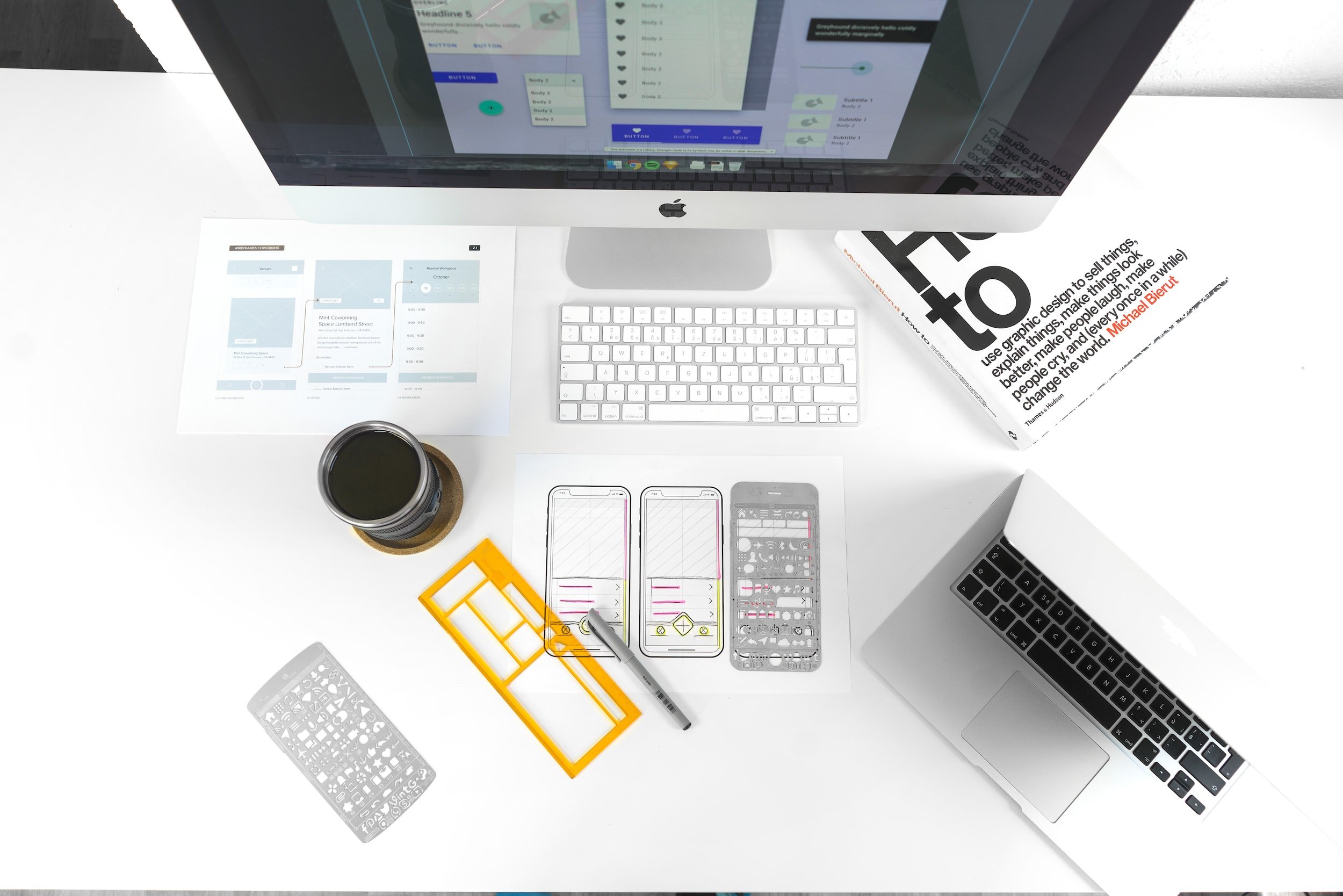
Storm Stoppers
UX Design Case Study: Stormstopper.com - The Plywood Alternative
Client: Stormstopper.com, a hurricane window protection company specializing in innovative, easy-to-install hurricane shutters.
Challenge: To revamp Stormstopper.com's website and user experience (UX) to increase online sales and conversion rates, while establishing their brand as "The Plywood Alternative."
Timeline: 4 weeks
Methodology:
User Research: We conducted four user tests with potential customers living in hurricane-prone areas. These tests revealed:
Existing users loved Stormstopper's products but found the website outdated and difficult to navigate.
Potential customers were hesitant due to perceived complexity of installation and lack of product information.
There were no online store options, customers had to fill out an online invoice, then fax or email to place an order
Plywood was still considered by some, despite its drawbacks.
Information Architecture:
We restructured the website content to be more intuitive and organized, focusing on product benefits and ease of installation.
Wireframing & Prototyping:
Low-fidelity wireframes were created to test different layouts and features with users. Feedback was incorporated into high-fidelity prototypes for further refinement.
Visual Design:
A clean and modern visual design was developed, emphasizing clear product photography, informative infographics, and trust-building testimonials.
Accessibility:
The website was designed to be accessible to users with disabilities, adhering to WCAG 2.1 guidelines.
Key Deliverables:
User-friendly website with intuitive navigation and search functionality.
Product pages that clearly showcase benefits, specifications, and installation instructions with videos and interactive diagrams.
Comparison pages highlighting advantages of Stormstopper shutters over plywood.
Secure online ordering system with clear pricing and transparent shipping information.
Trust-building elements like customer testimonials, expert quotes, and media mentions.
Responsive design for optimal viewing on all devices.
Results:
Increased website traffic by 25% within the first month.
Improved conversion rate by 18% compared to the previous website.
Increased brand awareness and preference for Stormstopper products over plywood alternatives.
Positive user feedback praising the website's clarity, ease of use, and informative content.
Conclusion:
By focusing on user needs and incorporating their valuable feedback throughout the design process, we were able to create a user-friendly website that effectively communicated Stormstopper's value proposition and increased sales. This case study demonstrates the power of user-centered design in achieving business goals and solidifying a brand's position in the market.

